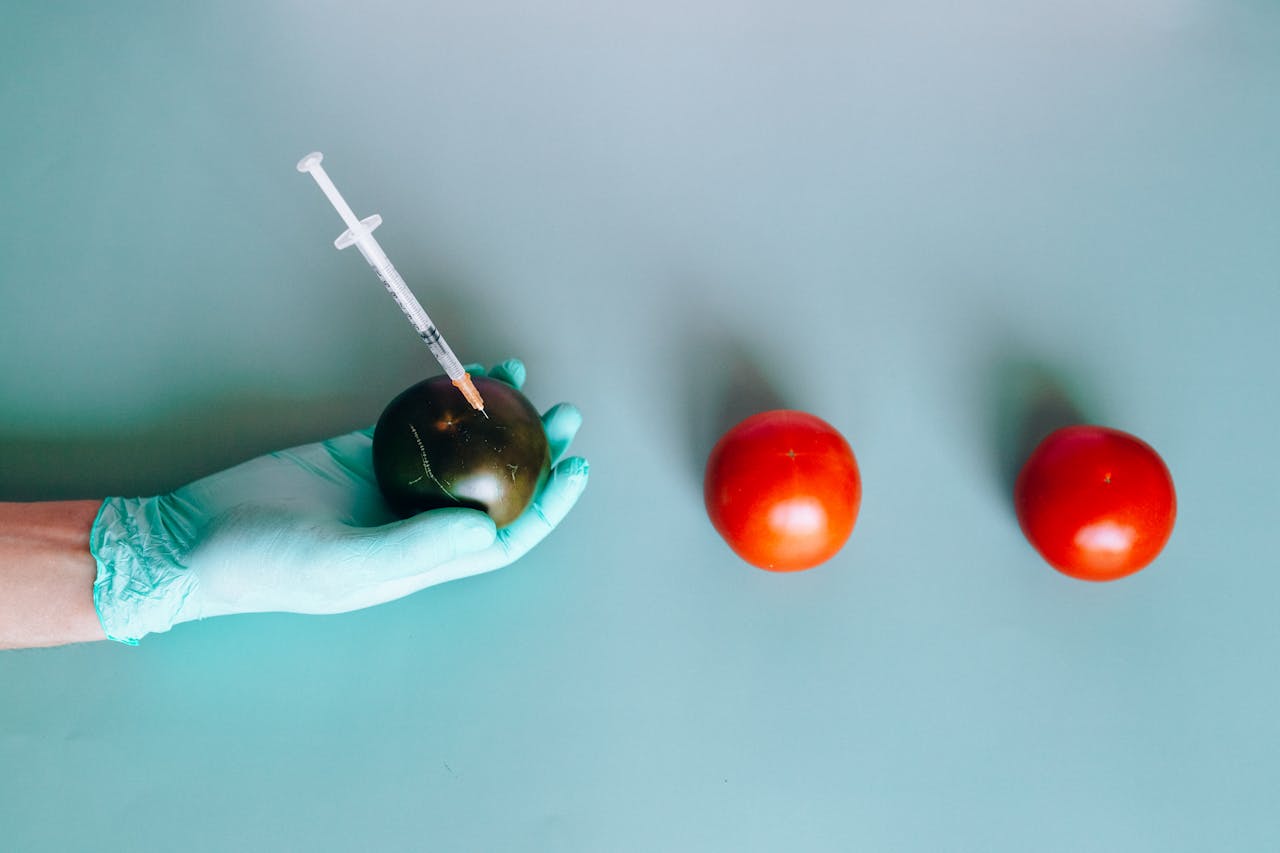What Are Bioengineered Food Ingredients?
Bioengineered food ingredients refer to components derived from genetically modified organisms (GMOs) that are used in food production. These ingredients are engineered using advanced technology to introduce specific traits, such as pest resistance or improved nutritional content, into the DNA of plants or microorganisms. The term often sparks curiosity and debate as consumers increasingly scrutinize food labels.
Table of Contents

Why Are Bioengineered Ingredients Used in Food?
The use of bioengineered food ingredients offers multiple benefits:
| Benefit | Example |
|---|---|
| Increased crop yield | Bioengineered corn resistant to pests |
| Improved nutrition | Golden rice enriched with Vitamin A |
| Longer shelf life | Tomatoes with delayed ripening traits |
| Environmental resilience | Crops tolerant to drought conditions |
Incorporating these ingredients helps ensure food security while minimizing resource use. Explore our diet plan for a healthier approach to meals.
Are Bioengineered Food Ingredients Safe?
According to research from organizations such as the World Health Organization (WHO) and the FDA, bioengineered food ingredients are deemed safe for consumption. However, consumer concerns often stem from misinformation. The labeling of these ingredients aims to provide transparency, allowing individuals to make informed choices.
For a personalized approach to health, consider taking our health quiz to better understand your dietary needs.
What Foods Commonly Contain Bioengineered Ingredients?
Bioengineered ingredients are prevalent in several everyday products. Below is a list of common foods:
| Food Category | Examples of Bioengineered Ingredients |
|---|---|
| Processed snacks | Corn syrup, soy lecithin |
| Dairy alternatives | Genetically modified soy proteins |
| Packaged meals | Modified corn starch, canola oil |
| Sweeteners | High-fructose corn syrup |
If you’re looking for alternatives, try our Formula 1 Nutritional Shake for a healthy, non-GMO option.
How Are Bioengineered Ingredients Labeled?
In the U.S., the National Bioengineered Food Disclosure Standard (NBFDS) mandates clear labeling of bioengineered food ingredients. These labels appear as:
- Text disclosures (e.g., “Contains bioengineered ingredients”)
- QR codes linking to detailed information
- Symbols indicating bioengineered content
Understanding these labels can empower shoppers to choose products aligning with their values.
The Controversies Around Bioengineered Ingredients
The debate over bioengineered food ingredients revolves around environmental, ethical, and health concerns:
| Concern | Proponents’ View | Critics’ View |
|---|---|---|
| Environmental impact | Reduces pesticide use | Long-term ecosystem effects |
| Consumer choice | Improves accessibility to food | Requires clearer labeling practices |
| Health risks | Proven safe by research | Long-term effects questioned |
Discover how to align your lifestyle with sustainable choices by exploring our 21-Day Challenge Kit.
Are Bioengineered Ingredients the Future of Food?
The future of food production is likely to see increased reliance on bioengineering to address global challenges. Innovations include:
- Disease-resistant crops
- Enhanced nutritional profiles
- Reduced food waste
These advancements promise a sustainable and secure food system for growing populations.

Tips for Navigating Bioengineered Ingredients
- Educate Yourself: Familiarize yourself with bioengineering practices through credible sources.
- Read Labels Carefully: Look for disclosure statements to understand product contents.
- Opt for Certified Products: Choose non-GMO certified options if concerned about bioengineering.
For an energy boost without compromise, check out our high-protein iced coffee.
How Do Bioengineered Ingredients Impact the Environment?
Bioengineered food ingredients are often praised for their potential environmental benefits, such as reduced pesticide use and improved water efficiency. However, they are not without their challenges. Here’s a balanced view:
| Positive Impacts | Potential Drawbacks |
|---|---|
| Lower pesticide use, reducing pollution | Risk of cross-pollination with wild species |
| Increased crop yields on less land | Dependency on biotech companies for seeds |
| Crops tailored for climate resilience | Concerns about biodiversity loss |
The environmental implications vary depending on implementation, but these ingredients have the potential to contribute positively to global sustainability efforts.
What Alternatives Exist to Bioengineered Ingredients?
For those looking to avoid bioengineered food ingredients, there are several alternatives:
- Organic Foods: Certified organic products are not allowed to contain genetically modified organisms (GMOs).
- Non-GMO Verified: Look for the Non-GMO Project Verified label for assurance.
- Locally Sourced Foods: Local produce often avoids large-scale bioengineering.
If you prefer natural nutrition, our Herbalife Breakfast Kits offer a delicious start to your day without compromising on quality.
Can Bioengineered Ingredients Improve Global Food Security?
With a rapidly growing global population, bioengineered food ingredients could play a critical role in addressing food insecurity:
- Drought-Resistant Crops: Designed to thrive in arid climates.
- Pest-Resistant Varieties: Reduce crop losses due to infestations.
- Nutrient-Enriched Foods: Combat malnutrition in developing regions.
These innovations highlight the potential of bioengineered ingredients to support a sustainable and equitable food system.
Conclusion: Making Informed Choices About Bioengineered Ingredients
Understanding “what is bioengineered food ingredients” and their role in the food industry empowers you to make choices that align with your health and ethical values. Whether you embrace these innovations or prefer non-GMO options, knowledge is the key to navigating the modern food landscape.






